Risk of autism spikes for children of older men
A man’s risk of fathering a child with autism begins to rise at age 30 and significantly increases after age 50, according to a report published online 30 November in Molecular Psychiatry.
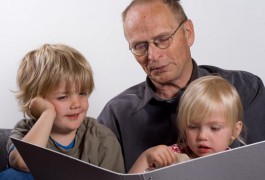
A man’s risk of fathering a child with autism begins to rise at age 30 and significantly increases after age 50, according to a report published online 30 November in Molecular Psychiatry.
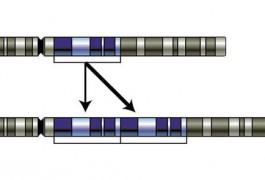
Copy number variations, or CNVs — duplications or deletions of DNA segments — can influence the expression of unrelated genes on the same chromosome, according to a study published in November in PLOS Biology.
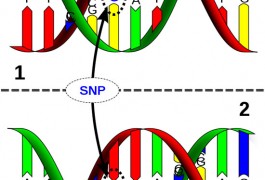
Spontaneous mutations that change a single DNA base account for a large proportion of cases of unexplained mental retardation, according to a study published in the December Nature Genetics.
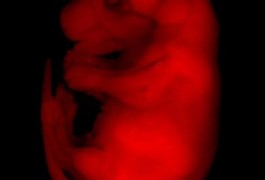
Two independent groups have created mice that have deletions or duplications in a large section of chromosome 16. Each team has produced an animal with a different set of features, some of which — such as large head size and repetitive behaviors — are reminiscent of people with autism.
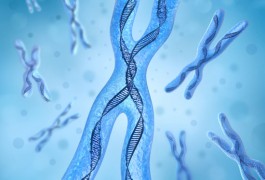
Individuals with a deletion in the 16p11.2 chromosomal region — which has been linked to autism in several studies — show features of autism spectrum disorders including language delay, according to a study published in October.
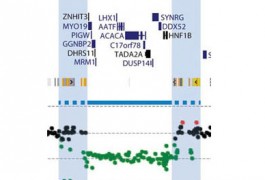
Deletion of the chromosomal region 17q12 dramatically increases the risk for autism and schizophrenia, according to a large study published last week in the American Journal of Human Genetics. Individuals missing this sizeable region are about 14 times more likely to develop one of those disorders, the study reports.
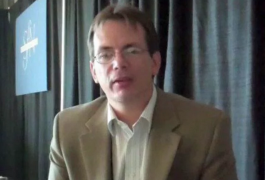
Rapid advances in DNA sequencing technology are enabling researchers to comb quickly — and ever more cheaply — through whole genomes. At the Society for Neuroscience annual meeting in San Diego, Evan Eichler talked to SFARI about what the rapid accumulation of genetic sequence information means for autism research.
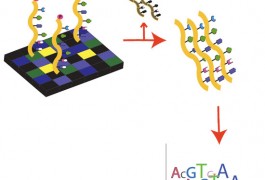
Sequencing the exomes — regions of the genome that code for proteins — of 18 individuals with autism has revealed new candidate genes for the disorder, researchers reported Sunday at the Society for Neuroscience annual meeting in San Diego.
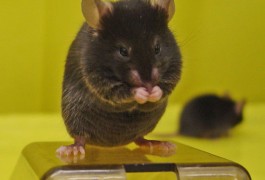
UBE3A, a protein mutated in Angelman syndrome and autism, regulates communication between neurons in the brain, according to a study published 29 October in Cell.
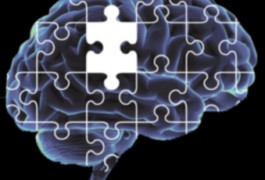
Three themes — heterogeneity, phenotype, and trajectory — are beginning to emerge in diverse lines of inquiry into autism, according to speakers at a satellite symposium of the Society for Neuroscience annual meeting in San Diego.